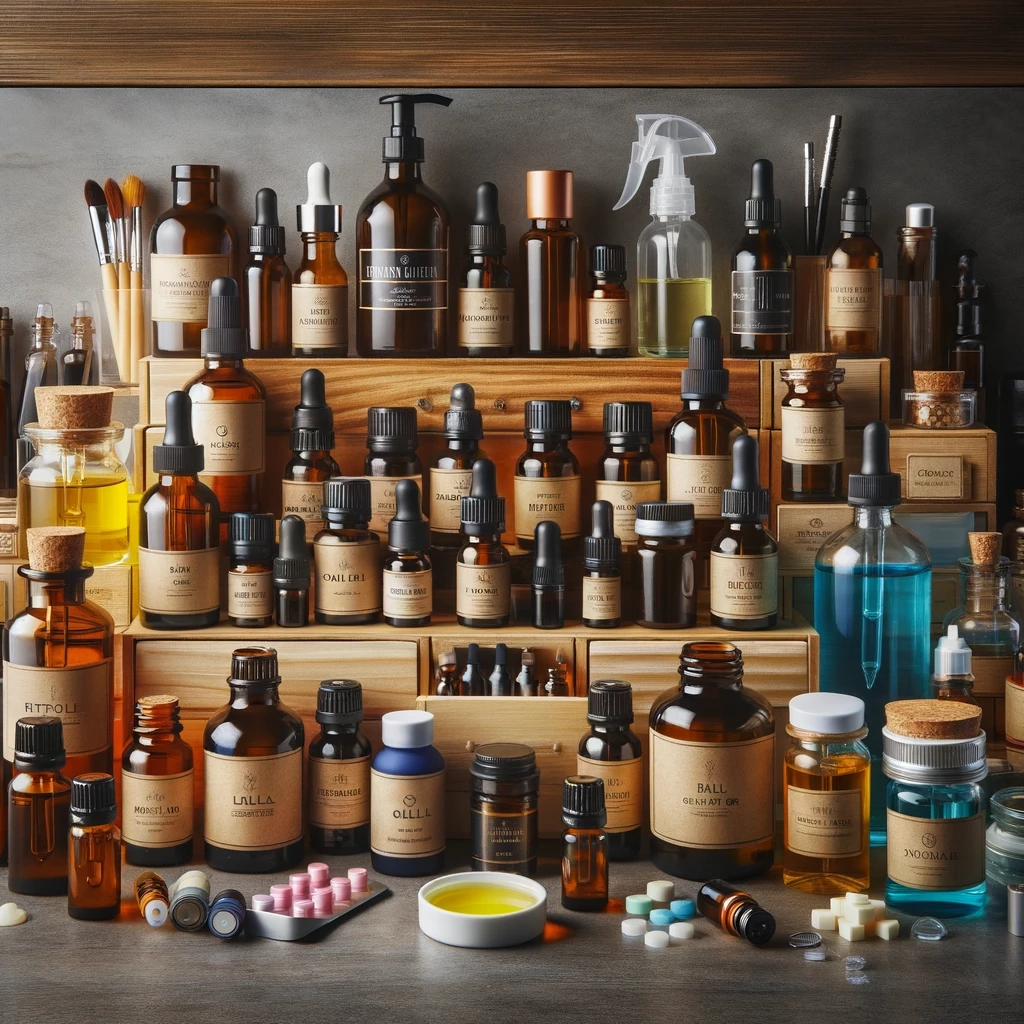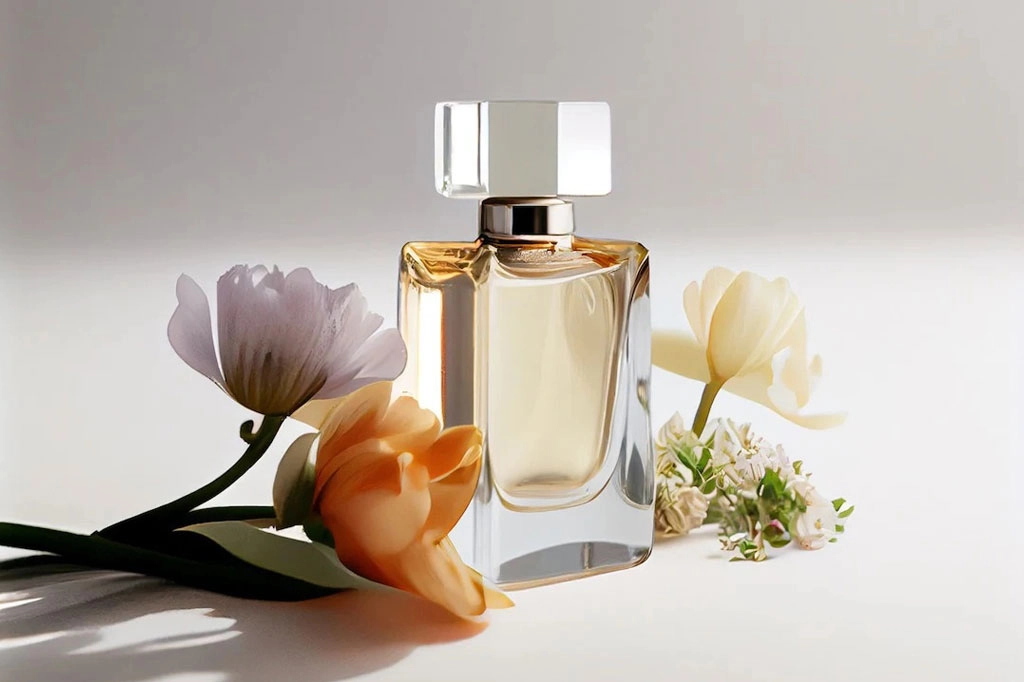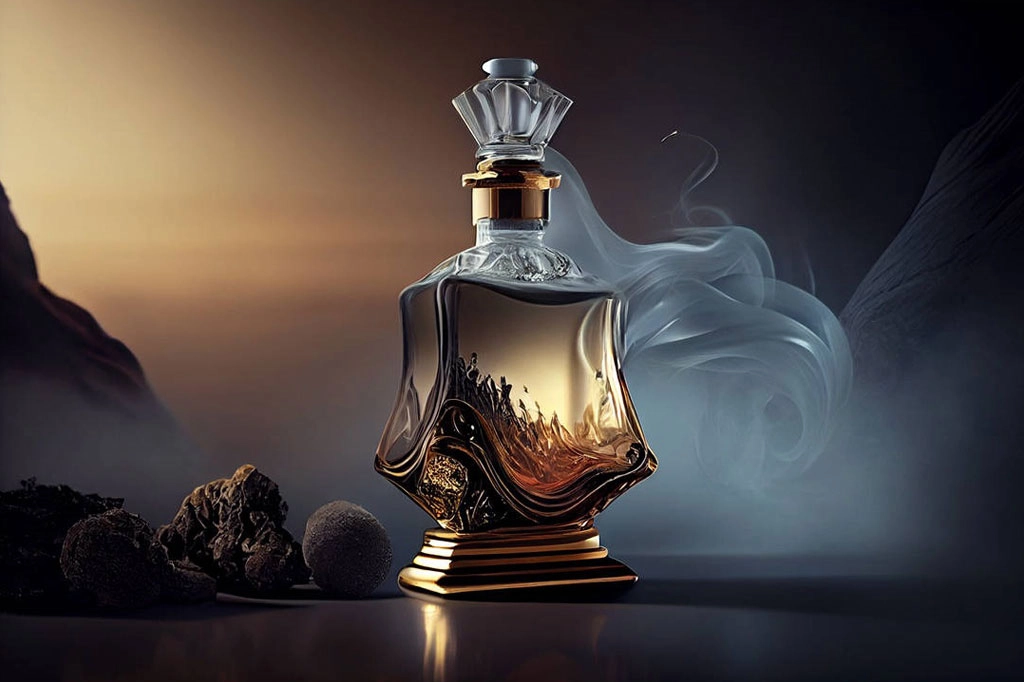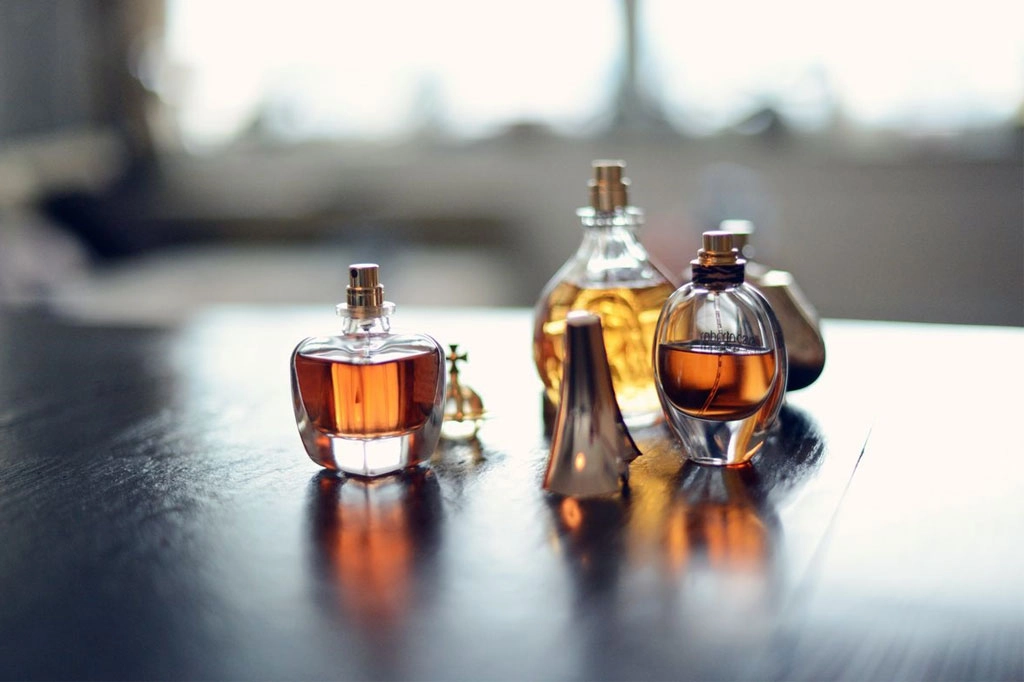Essential oil bottles are more than mere containers; they’re guardians of the therapeutic essences that elevate our well-being. However, the efficacy and longevity of these precious oils largely depend on the type of containers they are stored in.
Selecting the right essential oil bottles is not just a matter of aesthetics; it’s a crucial decision that impacts the quality, usability, and preservation of the oils.
This article aims to provide purchasers with comprehensive guidance on how to choose essential oil bottles, ensuring that their choices enhance the value and effectiveness of their essential oils. From understanding different materials and sizes to considering design and compliance, we’ll explore the key factors that every buyer should consider.
Importance in Aromatherapy
The choice of bottle is pivotal in aromatherapy, affecting everything from the oil’s lifespan to its therapeutic properties. Here, we explore why selecting the appropriate bottle is not just a matter of aesthetics but a critical decision impacting the oil’s quality and the user’s experience.
Types of Essential Oil Bottles
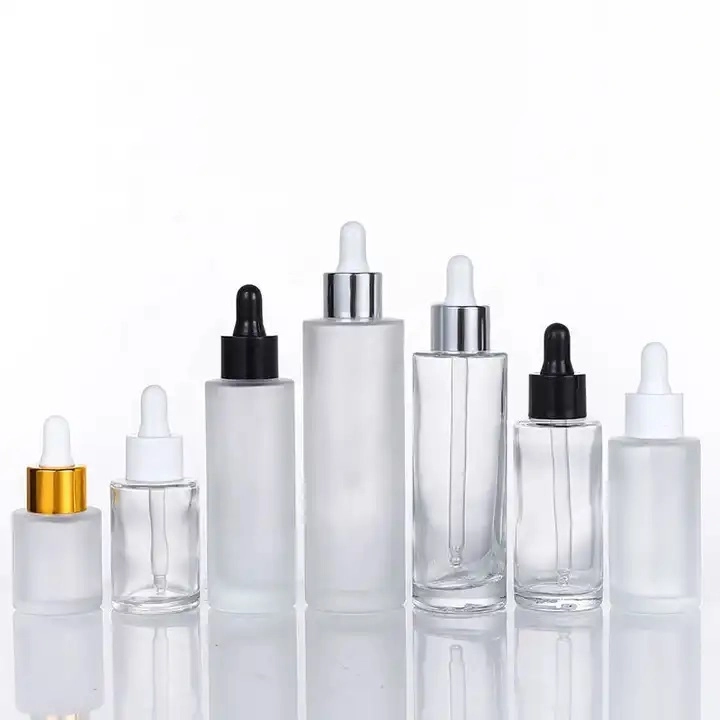
Glass Bottles: Benefits and Varieties
Glass bottles are the best choice for storing essential oils. Its impermeability ensures that no air gets in to oxidize the oils, maintaining their purity and therapeutic properties. Glass bottles come in various colors, with amber and cobalt blue being the most popular. These colors are not just for aesthetics; they protect the oils from UV light, which can degrade the oils over time. Clear glass bottles can be used for oils that are not light-sensitive or for short-term storage.
Plastic Bottles: When to Use Them
Plastic bottles, typically made from PET or HDPE, are lightweight and less fragile compared to glass. They are a practical choice for larger quantities of diluted oils or for oils used in cleaning products. However, they are not recommended for long-term storage of pure essential oils, as some oils can degrade the plastic, leading to contamination.
Specialty Bottles: Roll-ons, Droppers, and Spray Bottles
For specific applications, specialty bottles like roll-ons, droppers, and spray bottles are invaluable. Roll-on bottles are perfect for topical applications, droppers offer precise control for blending or diluting, and spray bottles are ideal for creating natural room sprays or body mists. These bottles can enhance the usability of essential oils, making them more accessible for everyday use.
Size and Capacity Considerations
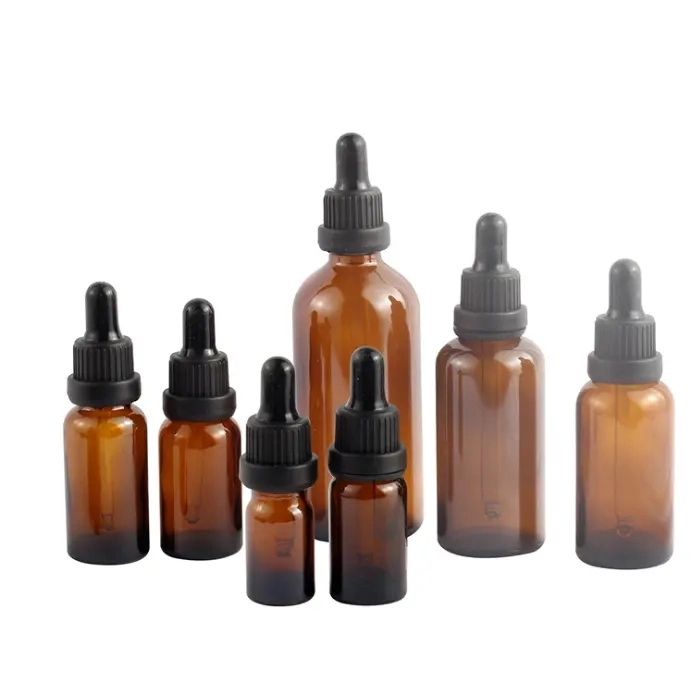
Understanding the right size and capacity for essential oil bottles is crucial for both personal and commercial purposes.
Here are key points to consider:
- Small Bottles (5ml – 15ml): These are ideal for expensive oils or for those who wish to try a new oil without committing to a larger quantity. They are also great for travel kits or sample sets.
- Medium Bottles (30ml – 60ml): These sizes are commonly used for oils that are regularly used in moderate quantities. They strike a balance between having enough oil for multiple uses and ensuring the oil doesn’t lose its potency over time.
- Large Bottles (100ml and above): Larger bottles are typically used for oils that are used frequently and in larger quantities, such as in diffusers or for making homemade cleaning products. However, it’s important to note that once opened, essential oils begin to degrade, so larger bottles should be used up more quickly.
In addition to the size, the shape of the bottle can also be a consideration, especially for those looking to optimize storage or display space.
Material Quality and Durability
The quality and durability of the material used for essential oil bottles are critical for protecting the integrity of the oils. Here’s what to consider:
Glass Quality: Thickness and Color
- Thickness: Thicker glass provides better protection and is less likely to break. This is particularly important for shipping or transporting oils.
- Color: As mentioned earlier, colored glass (like amber or cobalt blue) offers protection against UV light. For oils that are light-sensitive, choosing a bottle with UV protection is crucial to preserve their therapeutic properties.
Plastic Types: PET vs. HDPE
- PET (Polyethylene Terephthalate): This type of plastic is clear, strong, and lightweight. It’s a good choice for non-reactive oils and short-term storage.
- HDPE (High-Density Polyethylene): Known for its strength and durability, HDPE is a better option for oils that might react with PET. However, it’s still not recommended for long-term storage of pure essential oils.
Impact on Oil Preservation and Shelf Life
The right material not only protects the oil from external factors but also ensures that the oil doesn’t interact with the container itself. This is particularly important for maintaining the oil’s purity and extending its shelf life.
Design and Aesthetics
Although functionality is crucial, the design and aesthetics of essential oil bottles also play an important role, especially in branding and marketing.
Here are some key aspects to consider:
- Branding and Market Appeal: The design of the bottle can greatly influence customer perception. A simple and unique design can make your product stand out on the shelf and attract more customers. Consider your brand identity and how the bottle design aligns with it.
- Labeling Space: The shape and surface area of the bottle determine how much space is available for labels. Ample labeling space is essential for providing product information, usage instructions, and compliance with regulatory requirements.
- Ergonomics: The bottle should be easy to handle, especially if it’s meant for regular use. The shape and size should allow for a comfortable grip and easy dispensing of the oil.
- Aesthetic Appeal vs. Practicality: While a beautifully designed bottle can be a selling point, it shouldn’t compromise the bottle’s functionality. The primary goal is to protect and preserve the oil, so ensure that aesthetic choices do not hinder this.
Safety and Compliance
Safety and compliance are crucial factors in the selection of essential oil bottles.
Here’s what you need to consider:
- Industry Standards: Ensure that the bottles meet industry standards for essential oil storage. This includes factors like the material’s resistance to essential oil compounds and the bottle’s ability to preserve the oil’s properties.
- Child-Proofing: If your target audience includes households with children, consider bottles with child-proof caps. This feature adds an extra layer of safety, preventing accidental ingestion or spillage.
- Leak-Proofing: A good essential oil bottle should have a secure closure to prevent leaks, especially if the oils are to be transported. This is not only important for maintaining product quality but also for ensuring safety during handling and shipping.
- Regulatory Compliance: Depending on your location and where you plan to sell the oils, there may be specific regulatory requirements for packaging. These could include the type of materials used, labeling requirements, and safety features. It’s important to be aware of and comply with these regulations to avoid legal issues and ensure consumer safety.
Cost Considerations
While quality and suitability are paramount, cost is also a significant factor when choosing essential oil bottles.
Here are some considerations to balance quality with budget:
- Quality vs. Price: Generally, higher-quality bottles are more expensive. However, investing in good quality can mean better preservation of the oils, which could lead to long-term savings by reducing waste.
- Bulk Purchasing: Buying bottles in bulk often results in lower costs per unit. This can be a wise choice if you’re producing essential oils at a larger scale or planning for long-term needs.
- Customization Costs: Custom designs or unique bottle shapes can add to the cost. Determine if the added expense aligns with your branding strategy and whether it adds value from the customers’ perspective.
- Supplier Relationships: Building a good relationship with suppliers can lead to better deals, discounts, or more favorable terms in the long run. It’s worth considering suppliers who offer competitive pricing without compromising on quality.
Conclusion
Choosing the right bottle for your essential oils is a multifaceted decision that requires careful consideration of various factors. From the type and quality of the material to the design, safety features, and cost, each aspect plays a crucial role in ensuring that the essential oils retain their therapeutic properties and appeal to consumers.
Whether you are a small-scale artisan or a large-scale producer, understanding these elements can help you make informed decisions that balance quality, functionality, and budget.
By prioritizing the right features in your essential oil bottles, you can significantly enhance the overall value and effectiveness of your essential oil products, ensuring they reach your customers in the best possible condition.

